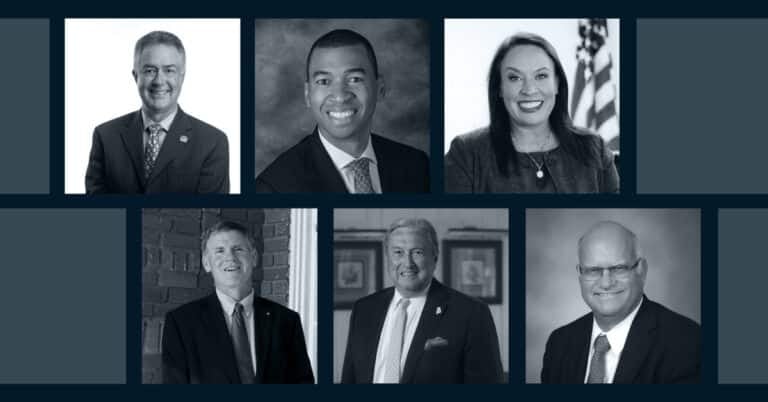Every autumn, the Alabama National Fair draws thousands to Montgomery for fun in the form of funnel cakes, farm animals and the Ferris wheel. But, it isn’t just a good time; it’s for a good cause, annually raising funds to aid area nonprofits, with $7.5 million in grants given since it began.
The fair’s Executive Director Randy Stephenson outlines the event’s history, shares how the hard work it takes pays off for everyone and offers insight into operating successful events.
To the Point: Your business or organization may not be putting on an event the size and scope of the Alabama National Fair, but according to the fair’s Executive Director Randy Stephenson, some basic event-planning principles still apply. Delegating tasks and trusting they’ll be executed is key. “Have a staff you can rely on,” he said, “teamwork makes the dream work.” And when you’re incorporating volunteers in your team: “Bring them alongside your organization to allow co ownership,” he said. “When volunteers are personally involved in your event, they are marketing; they are operations; they are invested.”
Founding the Fair
In 1954, the Kiwanis Club of Montgomery founded the South Alabama Fair Association. James G. Pruett, Ben Wilbanks and William Lynn borrowed $500 from the Kiwanis Club treasury to start the fair. As the fair grew, the name changed to South Alabama State Fair in 1969. In 1997, in recognition of the fact that many fair participants visit from out-of-state, the name became Alabama National Fair and Agricultural Exposition.
People Come From Miles Around: Approximately 200,000 people visit the Alabama National Fair and Agricultural Exposition each year.
What Is the Main Purpose of the Fair?
To promote Alabama industry, agriculture and livestock; to encourage artistic and cultural pursuits among citizens of all ages; and to give everyone an opportunity to have a great time at the fair. The festive October celebration returns year-round benefits to the tri-county communities. The fair’s revenues are granted to area youth, charity and educational projects through the Kiwanis Club Foundation.
Eat It Up: The fair has more than 30 food vendors each year.
What Makes the Fair Different From Other Fairs?
It is privately owned. Most fairs of our size are owned and operated by the state government in which they reside.
Helping Hands: Several hundred volunteers (mostly Kiwanis members and their spouses, but also partners from other volunteer groups) work during the 10 days of the fair and total 5,500 volunteer hours.
What Is the Structure of the Fair?
The Alabama National Fair and Agricultural Exposition, Inc is a 501c3 nonprofit organization that operates under the direction of the Kiwanis Club of Montgomery. There are three full-time employees, four part-time employees and several volunteers who help in different areas to plan, set up and operate the fair.
Fun & Games: The fair brings in approximately four to five shows each year, and the carnival provides approximately 40 rides and 20 games.
How Much Money Does the Fair Bring in Each Year?
Around $2 million each year. After all expenses are paid, the Alabama National Fair donates the remaining proceeds to the Kiwanis Club Foundation. In March, the Kiwanis Club Foundation disburses these funds by way of grants to tri-county non-profits. Since 1954, the Alabama National Fair and Agricultural Exposition and the Kiwanis Club of Montgomery have given back more than $7.5 million to local youth and charitable organizations, including Aid to Inmate Mothers, Black Seed Arts Academy, Children’s Center of Montgomery, Family Sunshine Center, YMCA’s Camp Chandler and MANE to name a few.
Animal House: In 2022, for the fair’s beef cattle, dairy cattle, goats, sheep and swine shows, there were 773 exhibitors who showed 985 different animals.
How Does the Fair Benefit Area Businesses?
The economic impact is around $6 million a year in taxes and revenue.
Staying Power: The Flower Show, presented by Montgomery Federation of Garden Clubs, has been with the fair since the first event in October 1954. The longest returning food vendor is the Highland Garden’s Men’s Club. Its members have been dishing out the popular camp stew for 68 years.
When Do You Start Planning the Next Fair?
After our 10 days of the fair, the team takes a week-long break and then jumps right back in. They travel around to multiple different fairs to check out how they are running their operations, from security to livestock to ticketing. They are always looking for ways to improve and make the Alabama National Fair the best it can be.







